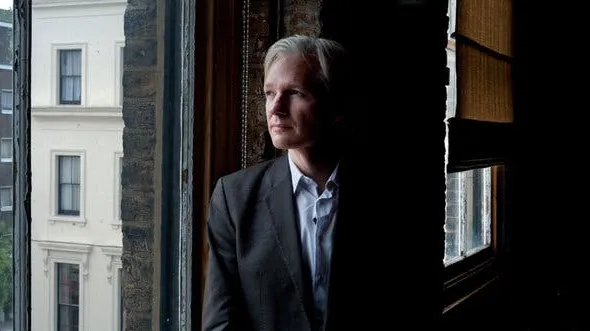
Ten years ago, President Joseph R. Biden, Jr. referred to Founder and former Editor-in-Chief of Wikileaks Julian Assange as a “high-tech terrorist.” Saying this, Biden located himself within one of the more potent, but entirely unsound anti-Assange narratives. This mythical line of thinking, originally motivated by notions that Assange was a facilitator of terrorism against the United States, remains prevalent to this day. It motivates either implicitly or explicitly so many governments’ libelous, defamatory, and violent pursuits of Assange.
In February 2010, Wikileaks began releasing a voluminous trove of classified documents too many members of the American establishment suspiciously over-emphasized contained the identities of informants overseas. In July of that year thru September 2011, and eventually as a result of a series of unfortunate and unforeseen events, not immediately related to any control Assange had over the execution of what ultimately became known as “Cablegate,” Wikileaks released the entirety of the trove.
Initially, all went according to plan. In an agreement with news publications El Pais, Der Spiegel, Le Monde, The Guardian, and The New York Times, Wikileaks released an assortment of classified documents, redacting the identities of all informants mentioned within the originals. However, in February 2011, David Leigh of The Guardian published within a book the passcode used to access the remaining documents, after he had mistaken that passcode as temporary.
To make matters worse a few months later in August, Der Freitag, a German weekly, published details pertinent to accessing the files, as well. As a result, and through no fault directly or entirely of Assange’s, over 250,000 diplomatic cables surged across the globe online in unredacted form for consumption by the worldwide public. Only after this did Wikileaks release all of the diplomatic cables in unredacted form. But it cannot be emphasized enough that Assange went to great lengths at this time to mitigate the possible fallout from revelations about the informants’ identities. At one point, Assange contacted the Department of State, insisting on speaking directly with former Secretary of State Hillary Clinton and saying, “unless we do something, people’s lives are put at risk.”
Hours passed before Assange received a call back. An attorney for the Department of State, and not Secretary Clinton, spoke with Assange during that phone call, saying that the State Department could not assist Wikileaks in attenuating the possibility of lethal fallout stemming from the leak. None of the newspapers involved at any stage of “Cabletgate” did as Assange did. The onus of precluding the possible fallout was left to Assange, who handled this situation in a way that was emblematic of humanitarian concern for the lives of those so many Obama administration officials later urgently claimed were put at imminent risk as a result solely of Assange. But I ask: what about the other newspapers? This question is often referred to as “The New York Times Problem,” which led the Obama administration to terminate its pursuit of Assange. Recognizing that criminalizing Assange would necessitate criminalizing all of the other publications that released the diplomatic cables before Wikileaks did, the Justice Department under Obama, led at that time by Attorney General Eric Holder, observed the need to refrain from seeking Assange’s extradition. Despite this obviously sound line of reasoning, the Trump administration so disgustingly has pursued Assange in recent history. While a total of 17 different organizations published the unredacted portions of the diplomatic cables, only Assange is now facing the possibility of 175 years in solitary confinement in the United States.
Read more:
https://anonymousworldwide.com/2021/03/21/debunking-the-myth-of-assange-as-terrorist/